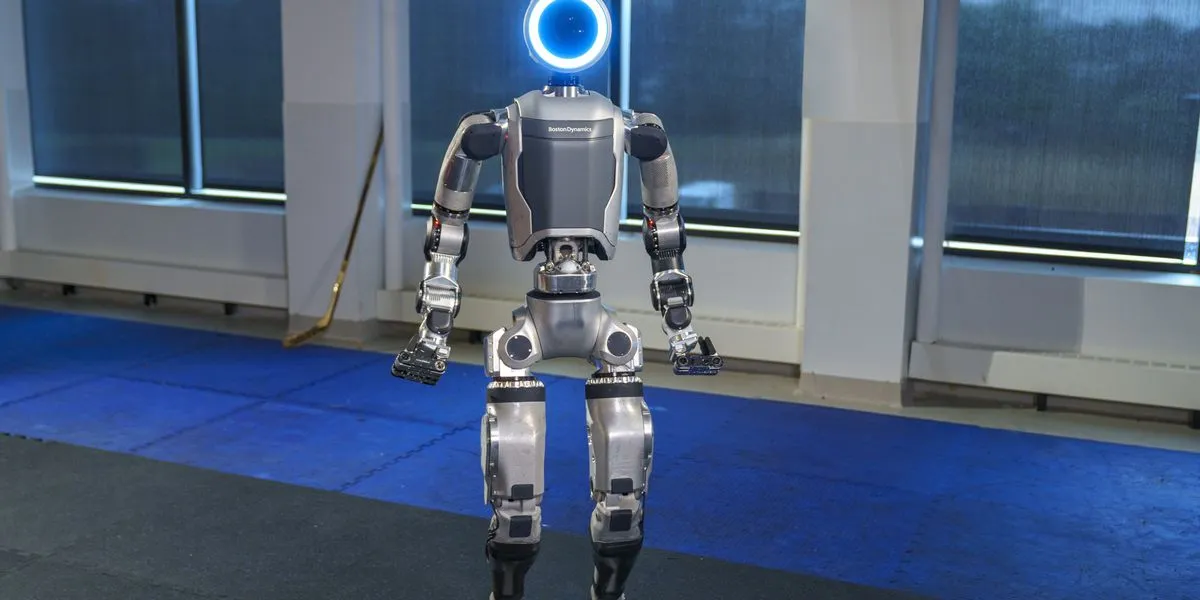Boston Dynamics introduces a fully electric humanoid robot that “exceeds human performance”
Boston Dynamics introduces a fully electric humanoid robot that “exceeds human performance”

Hello, Electric Atlas

...replacing the previously hydraulic version.
Insert obligatory welcome statement here.